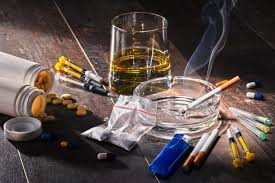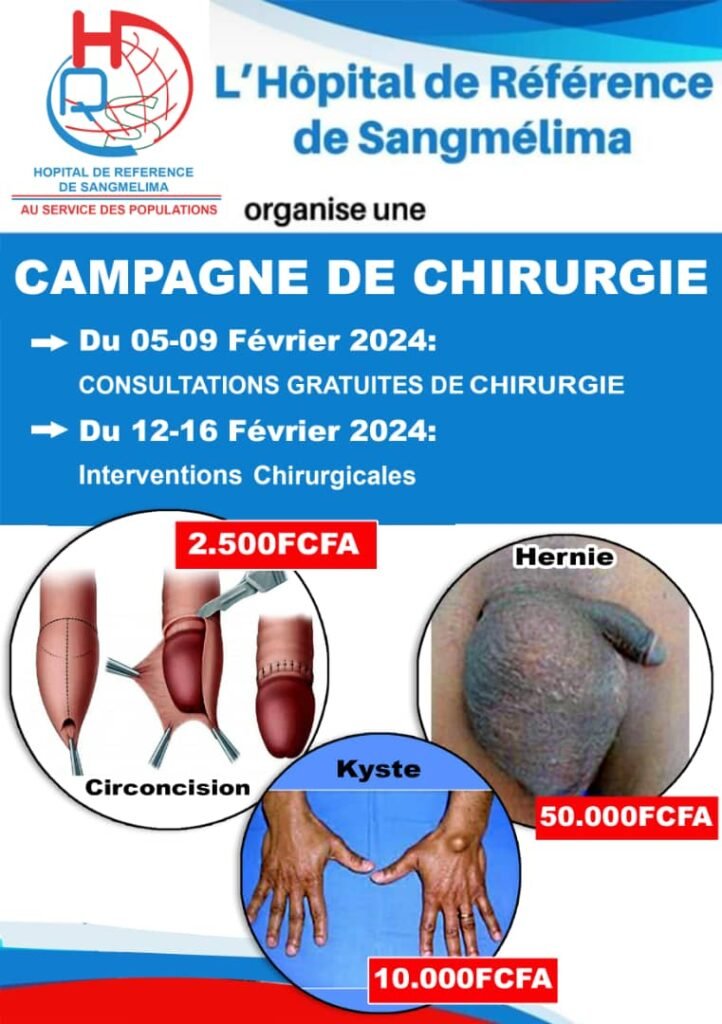Drug : A threat to the health of young people

More and more young people in the city of Ngaoundéré are taking drugs. An addiction to these psychotropic substances which are not without consequences for their health.
According to the National Committee for the Fight against Drugs, the prevalence of drug use in Cameroon is 21%. According to the committee, 21% of young Cameroonians have already had to experiment with drug use. To combat the phenomenon, care and support centers have been created throughout the national territory. A total of 19 centers are operational and have been treating 2,418 people since 2022. In the Adamaoua region, the center is housed inside the Ngaoundéré Regional Hospital and deals with the care of people addicted to drugs. According to the head of this service, Edwige Simen, several categories of people are undergoing treatment in her center. Most of them are young motorcycle taxi drivers. The latter are addicted to substances such as tramadol, known as tramol.
Strategies to combat drug use.
To reduce drug use, the National Committee for the Fight against Drugs has set up a national strategic plan. According to Sophie Atangana, CNLD’s communications officer, the national strategy to fight drugs extends from 2024 to 2030 and pursues several objectives. “The objective of this national strategic plan is to significantly reduce supply and demand and the risks associated with drug use. This strategic plan has 4 axes, one of which focuses on reducing supply, the other on reducing demand and one axis that focuses on reducing risks.” For greater impact on the ground, the CNLD works in collaboration with other administrations such as the police, the prison administration, the branches of the ministries of youth and civic education, the promotion of women and the family, and social affairs. In addition to the State’s public services, other entities such as Civil Society Organizations and Non-Governmental Organizations support the actions of the CNLD in awareness campaigns. At the regional delegation of the Adamaoua prison administration, for example, actions are carried out in the direction of the reintegration of prisoners for drug use. “We give pride of place to drug users, particularly injectable drugs. We must not discriminate against these people, we must consider them as people in their own right and help them reintegrate into society by avoiding stigma and discrimination. We must support them on a daily basis in order to help them get out of this consumption. With the number of convicted people who pillage our prisons for the phenomenon of drug use” suggests Steve Paffo, head of the service for monitoring the application of sentences and the social reintegration of prisoners at the regional delegation of the Adamaoua prison administration.
Beyond the activities to combat drug trafficking, drugs continue to enter the national territory, sometimes facilitated by the porosity of borders. The coordination of the actions of different actors would make it possible to reduce the harmful effects of these on the health of populations.
By Jean Besane Mangam















